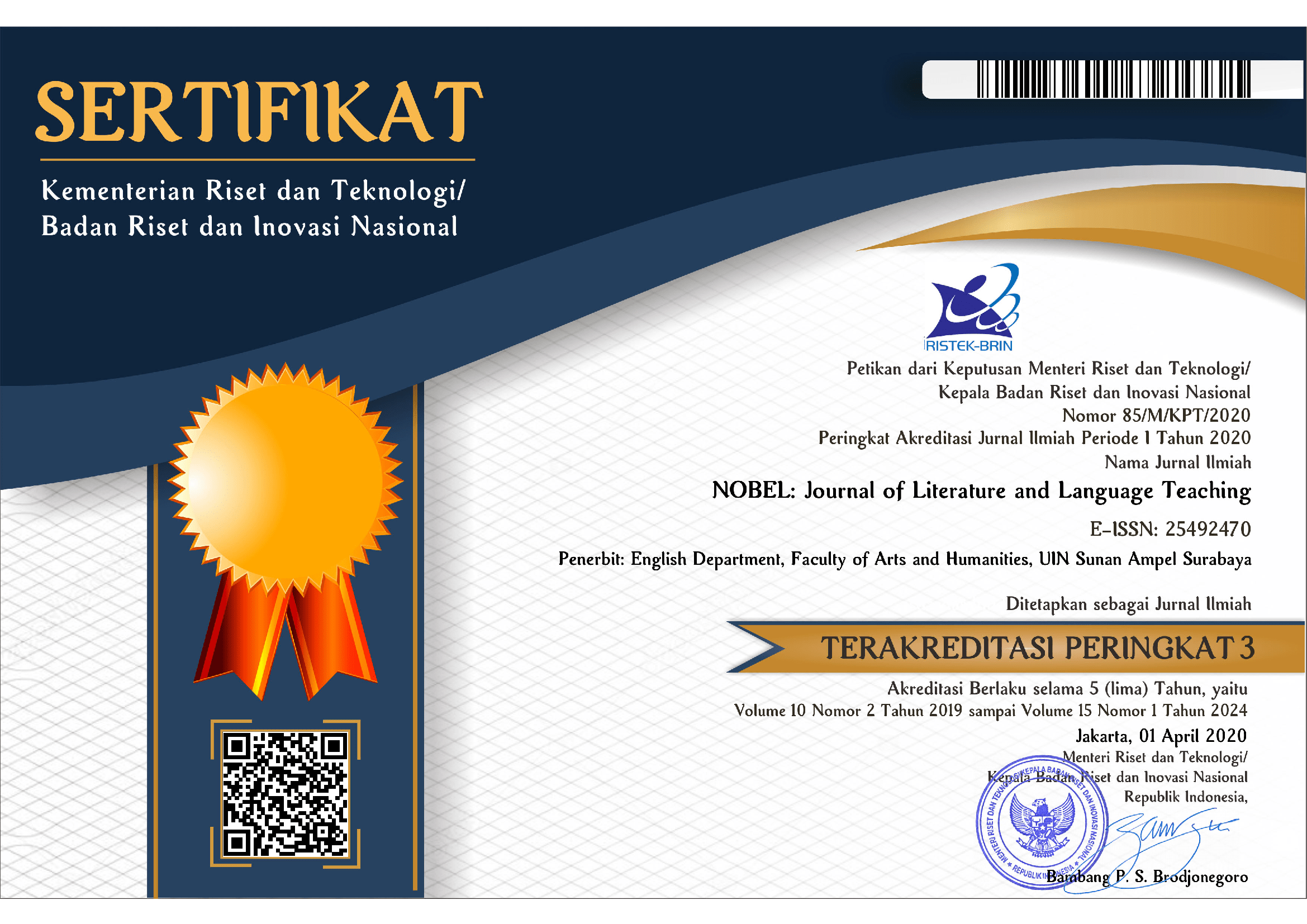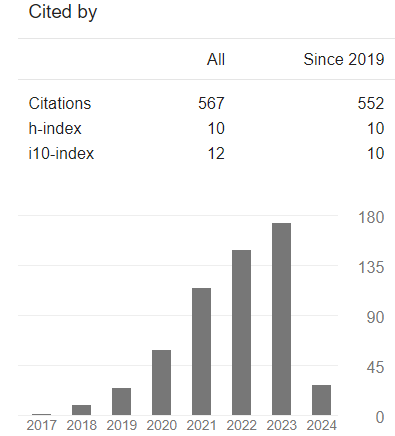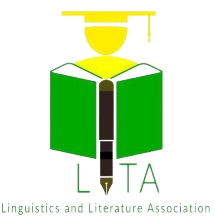Impoliteness and Gender Differences in the Edge of Seventeen Movie
DOI:
https://doi.org/10.15642/NOBEL.2021.12.2.228-242Keywords:
gender, impoliteness strategies, Edge of Seventeen movieAbstract
This paper aims to analyze the impoliteness strategies performed by the main female character (Nadine) and her male interlocutors in the Edge of Seventeen movie. Taking Nadine’s impolite utterances and her male interlocutors as the data, this study found a thought-provoking fact that women who have been stereotyped as “powerless” language users also have the potential to use impoliteness strategies as a way of negotiating and constructing their identity. While both genders could use impoliteness strategies to negotiate and construct their power and identity in interactions, there were differences in the use of the strategies. Women prefer to use positive impoliteness while men use negative impoliteness strategies. The use of positive impoliteness among women is influenced by their empathetic nature to social relations. Any sensitive topic to social relations is considered effective as a face-threatening act. On the other hand, men use negative impoliteness to force their interlocutors to submit to their will, a trait of male dominance. By suppressing the freedom of choice of the interlocutor, the negative face is threatened. From these findings, it can be concluded that impoliteness can be used, by men and women, as a tool to exercise their power and construct their gender identity.
Downloads
References
Alonso-Almeida, F., & José Álvarez-Gil, F. (2021). Impoliteness in women’s specialised writing in seventeenth-century English. Journal of Historical Pragmatics, November. https://doi.org/10.1075/jhp.20004.alo
Aydınoğlu, N. (2013). Politeness and impoliteness strategies: an analysis of gender differences in Geralyn l. Horton’s plays. Procedia - Social and Behavioral Sciences, 83(July 2013), 473–482. https://doi.org/10.1016/j.sbspro.2013.06.093
Beebe, L. M. (1995). Polite fictions: Instrumental rudeness as pragmatic competence. In J. E. Alatis, C. A. Straehle, B. Gallenberger, & M. Ronkin (Eds.), Georgetown university round table on languages and linguistics 1995 (pp. 154–167). George University Press.
Benabdellah, F. Z. (2018). Impoliteness strategies and gender differences among Disney modern protagonists. European Journal of Multidisciplinary Studies, 3(4), 40–50. https://doi.org/10.26417/EJMS.V3I4.P40-50
Bousfield, D. (2008). Impoliteness in the struggle for power. In D. Bousfield & M. A. Locher (Eds.), Impoliteness in language: Studies on its interplay with power in theory and practice (pp. 127–154). Walter de Gruyter GmbH & Co. https://doi.org/10.1515/9783110208344
Coates, J. (2015). Women, men and language: a sociolinguistic account of gender differences in language. Routledge.
Coulmas, F. (2005). Sociolinguistics : the study of speakers’ choices. Cambridge University Press.
Culpeper, J. (1996). Towards an anatomy of impoliteness. Journal of Pragmatics, 25(3), 349–367. https://doi.org/10.1016/0378-2166(95)00014-3
Culpeper, J., Bousfield, D., & Wichmann, A. (2003). Impoliteness revisited: With special reference to dynamic and prosodic aspects. Journal of Pragmatics, 35(10–11), 1545–1579. https://doi.org/10.1016/S0378-2166(02)00118-2
Dhorifah. (2016). An analysis of impoliteness strategies in Boyhood movie transcript. https://repository.uinjkt.ac.id/dspace/bitstream/123456789/36545/1/DHORIFAH - FAH.pdf
Dörnyei, Z. (2007). Research methods in applied linguistics : quantitative, qualitative, and mixed methodologies. Oxford University Press.
Drucker, A., Fein, O., Bergerbest, D., & Giora, R. (2014). On sarcasm, social awareness, and gender. Humor, 27(4), 551–573. https://doi.org/10.1515/HUMOR-2014-0092/MACHINEREADABLECITATION/RIS
Eckert, P., & McConnell-Ginet, S. (2013). Language and gender (2nd ed.). Cambridge University Press.
Hobbs, P. (2003). The medium is the message: politeness strategies in men’s and women’s voice mail messages. Journal of Pragmatics, 35(2), 243–262. https://doi.org/10.1016/S0378-2166(02)00100-5
Kimmel, M. S., Hearn, J., & Connel, R. W. (Eds.). (2005). Handbook of studies on men and masculinities. Sage Publications.
Krippendorff, K. (2004). Content analysis: an introduction to its methodology (2nd ed.). SAGE Publications, Inc.
Lakoff, R. T. (2004). Language and woman’s place : text and commentaries. Oxford University Press.
Mills, S. (2005). Gender and impoliteness. Journal of Politeness Research, 1(2), 263–280. https://doi.org/10.1515/JPLR.2005.1.2.263/MACHINEREADABLECITATION/RIS
Mullany, L. (2008). “Stop hassling me!" Impoliteness, power and gender identity in the professional workplace. In D. Bousfield & M. A. Locher (Eds.), Impoliteness in Language: Studies on its Interplay with Power in Theory and Practice (pp. 231–252). De Gruyter. https://doi.org/10.1515/9783110208344.4.231/MACHINEREADABLECITATION/RIS
Pratama, M. R. (2020). The gender difference on the use of impoliteness strategies in The Big Wedding Movie [Undergraduate Thesis, Universitas Islam Negeri Maulana Malik Ibrahim]. http://etheses.uin-malang.ac.id/22780/
Ramelan. (1984). Introduction to linguistic analysis. IKIP Semarang Press.
Sani, F. R., & Suhandoko. (2020). Power and impoliteness in Hancock action movie. Englisia: Journal of Language, Education, and Humanities, 8(1), 25. https://doi.org/10.22373/ej.v8i1.6847
Tannen, D. (1990). Silence as conflict management in fiction and drama: Pinter’s Betrayal and a short story ‘Great Wits.’ In A. D. Grimshaw (Ed.), Conflict talk: sociolinguistic investigations of arguments and conversations (pp. 260–279). Cambridge University Press.
Wardhaugh, R. (2009). An introduction to sociolinguistics. John Wiley & Sons.
Downloads
Published
How to Cite
Issue
Section
License
Copyright (c) 2021 NOBEL: Journal of Literature and Language Teaching

This work is licensed under a Creative Commons Attribution 4.0 International License.







